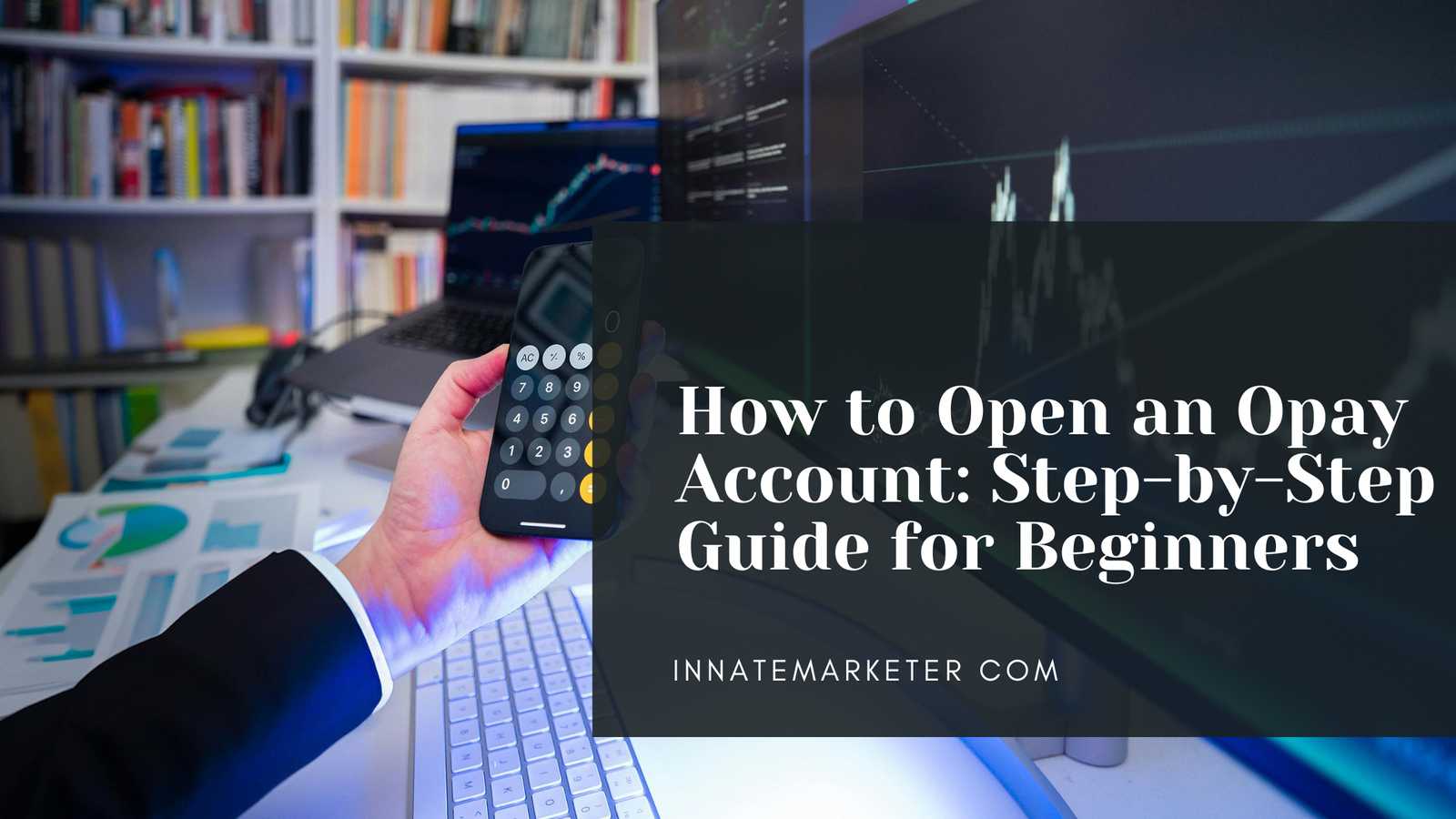When it comes to options trading, strangle and straddle strategies are two popular approaches traders use to capitalize on market volatility. Both strategies involve purchasing call and put options but differ in execution, risk, reward potential, and the scenarios in which they are most effective.
This article explores the key differences between a strangle and a straddle option strategy, their pros and cons, and when each might be appropriate for traders.
Key Takeaways:
- Straddle Strategy:
- Buy a call and put option with the same strike price and expiration date.
- Suitable for high volatility scenarios.
- Higher premium cost but requires less price movement to be profitable.
- Strangle Strategy:
- Buy a call and put option with different strike prices but the same expiration date.
- Suitable for moderate volatility scenarios.
- Lower premium cost but requires a larger price movement to be profitable.
- Both strategies:
- Aim to profit from market volatility, not price direction.
- Have limited losses (premiums paid) and unlimited profit potential.
- Require careful timing and risk management.
What is a Straddle Option Strategy?
A straddle is an options trading strategy where the trader buys a call option and a put option with the same strike price and expiration date. This strategy is designed to profit from significant price movements in either direction, regardless of whether the stock price rises or falls.
Key Features of a Straddle
- Strike Price: Same for both call and put options.
- Expiration Date: Identical for both options.
- Volatility-Driven: Requires significant price movement to become profitable.
- Neutral Bias: Does not predict the direction of the price movement, only that it will occur.
When to Use a Straddle
- High Volatility Expected: Earnings announcements, major economic data releases, or significant news events.
- Neutral Market Outlook: No strong opinion about whether the underlying asset’s price will rise or fall.
Example of a Straddle
Let’s say a stock is trading at $100:
- You buy a call option with a $100 strike price (premium = $5).
- You buy a put option with a $100 strike price (premium = $5).
Total cost (premium) = $10.
For this strategy to be profitable, the stock price must move above $110 or below $90 to cover the cost of the premiums.
What is a Strangle Option Strategy?
A strangle is a strategy where the trader buys a call option and a put option with different strike prices but the same expiration date. Typically, the strike price of the call option is above the current market price, and the strike price of the put option is below it. This strategy is also used to profit from volatility but is generally less expensive than a straddle.
Key Features of a Strangle
- Strike Prices: Different for call and put options.
- Expiration Date: Identical for both options.
- Volatility-Driven: Requires significant price movement to become profitable.
- Neutral Bias: Does not predict the direction of the price movement, only that it will occur.
When to Use a Strangle
- Moderate Volatility Expected: When significant price movement is expected but not as drastic as required for a straddle.
- Lower Premium Cost: When the trader wants to reduce upfront costs compared to a straddle.
Example of a Strangle
Let’s say a stock is trading at $100:
- You buy a call option with a $105 strike price (premium = $3).
- You buy a put option with a $95 strike price (premium = $3).
Total cost (premium) = $6.
For this strategy to be profitable, the stock price must move above $111 or below $89 to cover the cost of the premiums.
Straddle vs. Strangle: Key Differences
| Feature | Straddle | Strangle |
|---|---|---|
| Strike Prices | Same for call and put options | Different for call and put options |
| Premium Cost | Higher due to closer strike prices | Lower due to wider strike prices |
| Profitability Range | Requires a smaller price movement | Requires a larger price movement |
| Volatility | Suitable for high volatility scenarios | Suitable for moderate volatility scenarios |
| Risk | Higher risk due to higher premium | Lower risk due to reduced premium |
| Reward Potential | Higher profit potential | Moderate profit potential |
Advantages and Disadvantages of Straddles
Pros:
- Unlimited Profit Potential: Gains increase as the stock moves significantly in either direction.
- Simplicity: Easy to set up with the same strike price for both options.
- Volatility Advantage: Beneficial when expecting a big move, regardless of direction.
Cons:
- Higher Cost: Requires a significant investment upfront due to higher premiums.
- Time Decay Risk: Losses occur if the stock remains stagnant, as both options lose value over time.
- Break-Even Points: Needs significant price movement to cover the cost of premiums.
Advantages and Disadvantages of Strangles
Pros:
- Lower Cost: Reduced upfront premium compared to a straddle.
- Flexibility: Allows for a wider range of potential price movements.
- Profit Potential: Gains increase as the stock moves significantly beyond the strike prices.
Cons:
- Larger Price Movement Required: Needs a more substantial price change to become profitable.
- Limited Application: Less effective during extremely high volatility events.
- Break-Even Points: Farther apart than a straddle, requiring a larger movement to achieve profitability.
Which Strategy Should You Choose?
The choice between a straddle and a strangle depends on various factors, including your market outlook, risk tolerance, and budget.
Choose a Straddle If:
- You expect high volatility and a significant price movement.
- You are willing to pay a higher premium for potentially higher rewards.
- The underlying stock price is expected to move soon after entering the trade.
Choose a Strangle If:
- You expect moderate volatility and a significant price movement over time.
- You have a lower budget for options trading.
- The underlying stock price is not likely to move as drastically.
Similarities Between Straddle and Strangle
Despite their differences, both strategies share some common characteristics:
- Neutral Outlook: Both are non-directional strategies aimed at profiting from price volatility.
- Limited Losses: The maximum loss is limited to the total premiums paid.
- Unlimited Profit Potential: Both can yield unlimited profits if the price moves significantly in either direction.
- Time Decay Risk: Both are affected by time decay, meaning the options lose value as expiration approaches without price movement.
Practical Considerations
Implied Volatility
- Both strategies are highly sensitive to implied volatility. An increase in volatility generally benefits these strategies, while a decrease can lead to losses.
Liquidity
- Choose options with high liquidity to minimize bid-ask spreads and ensure smooth entry and exit from trades.
Market Events
- Timing is critical. Events like earnings reports, government announcements, or geopolitical news can create the volatility needed for these strategies to succeed.
Risk Management
- Always calculate your potential maximum loss (the premiums paid) and ensure it aligns with your risk tolerance.
Frequently Asked Questions (FAQs)
1. What is the main difference between a straddle and a strangle?
- A straddle uses the same strike price for both call and put options, while a strangle uses different strike prices for the call and put options.
2. When should I use a straddle strategy?
- Use a straddle when you expect high market volatility and significant price movement in either direction.
3. Why is a strangle cheaper than a straddle?
- A strangle is cheaper because the strike prices are farther apart, resulting in lower premiums for the options.
4. Can I lose money with a straddle or strangle?
- Yes, your maximum loss is limited to the total premiums paid if the price movement is insufficient to cover the cost.
5. Which strategy is better for low-budget traders?
- A strangle is more cost-effective and suitable for traders with a lower budget.
6. How do I profit from a straddle or strangle?
- Profit occurs when the underlying asset’s price moves significantly beyond the breakeven points of the strategy, either upward or downward.
7. Are these strategies suitable for beginners?
- Both strategies can be used by beginners but require an understanding of options pricing, implied volatility, and market conditions.
8. What role does volatility play in these strategies?
- Volatility is crucial. Higher volatility increases the chances of a significant price movement, making these strategies more likely to succeed.
9. Can I exit the trade before expiration?
- Yes, you can close your position before expiration to lock in profits or minimize losses.
10. Do these strategies work for all underlying assets?
- Yes, straddles and strangles can be applied to stocks, indices, commodities, and currencies, as long as the underlying asset has liquid options.
11. How do I calculate the breakeven points?
- For a straddle:
- Breakeven points = Strike price ± Total premium paid.
- For a strangle:
- Breakeven points = Higher strike price + Total premium (for calls) and Lower strike price − Total premium (for puts).
12. Can I combine these strategies with other options strategies?
- Yes, traders often combine them with other strategies for hedging or adjusting risk.
13. Are these strategies profitable in low volatility markets?
- No, both strategies rely on significant price movement and are generally unprofitable in low volatility markets.
14. What are the risks of time decay in these strategies?
- Time decay reduces the value of the options as expiration approaches, especially if the underlying asset’s price remains stagnant.
15. Should I monitor the market after executing these strategies?
- Yes, regular monitoring is essential to adjust your position or exit the trade at the right time.

Conclusion
Strangle and straddle are versatile options strategies that allow traders to capitalize on market volatility without predicting price direction. While a straddle is more expensive and requires a smaller price movement to be profitable, a strangle is more cost-effective but needs a larger price swing.
Understanding the nuances of these strategies can help you choose the right one based on your market outlook, budget, and trading goals. Whether you’re aiming for high volatility with a straddle or moderate volatility with a strangle, both strategies can be powerful tools in your trading arsenal when used correctly.



